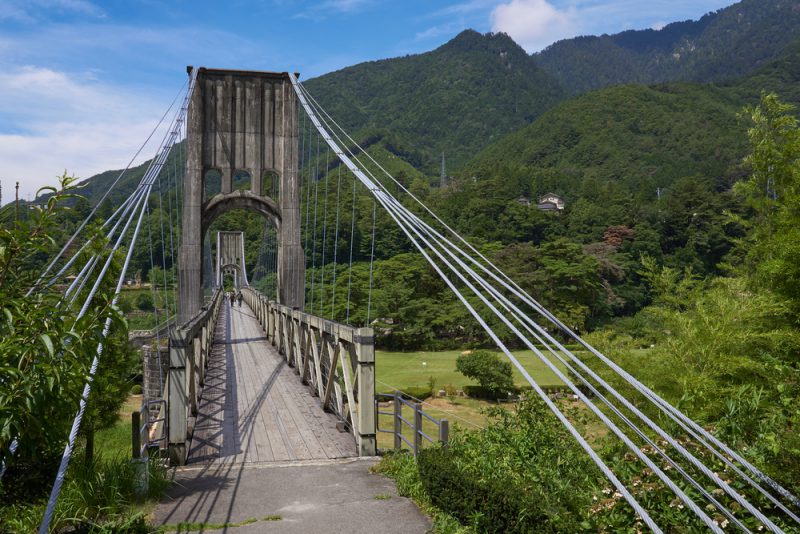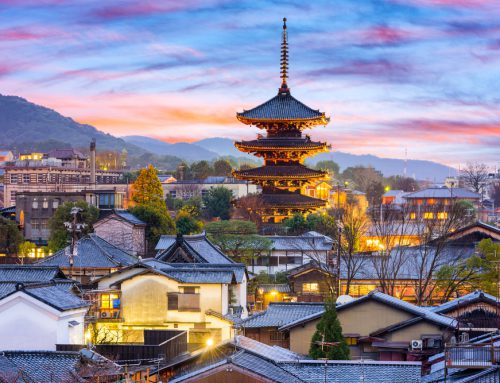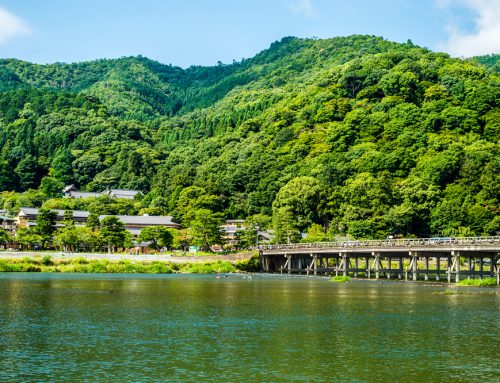If you want to do more nature and outdoorsy activities on your trip to Japan but can only allocate a day, there are many amazing hiking trails all over Japan that you can complete in a few hours or half a day. One good example is the Nakasendo Hiking Trail, which is a trail that links the historical Edo Period post towns of Magome and Tsumago in Kiso Valley.
How to get there
To hike the Nakasendo Trail, you can start either in Magome or Tsumago. I chose Magome as my starting point after reading advice that hiking from Magome to Tsumago is less difficult for a beginner as it involves a shorter uphill hike, compared to starting from Tsumago.
I was coming from Nagoya, so I took a Ltd Exp (Wide View) Shinano train from Nagoya Station to Nakatsugawa Station. The journey took less than an hour and was entirely covered by my Japan Rail Pass. Then, at Nakatsugawa Station, I took a 30-minute bus ride to Magome, which cost me 560 yen.
Upon arriving in Magome, I headed to the visitor centre to grab a map, and then started the eight-kilometre hike through the Kiso Valley countryside.
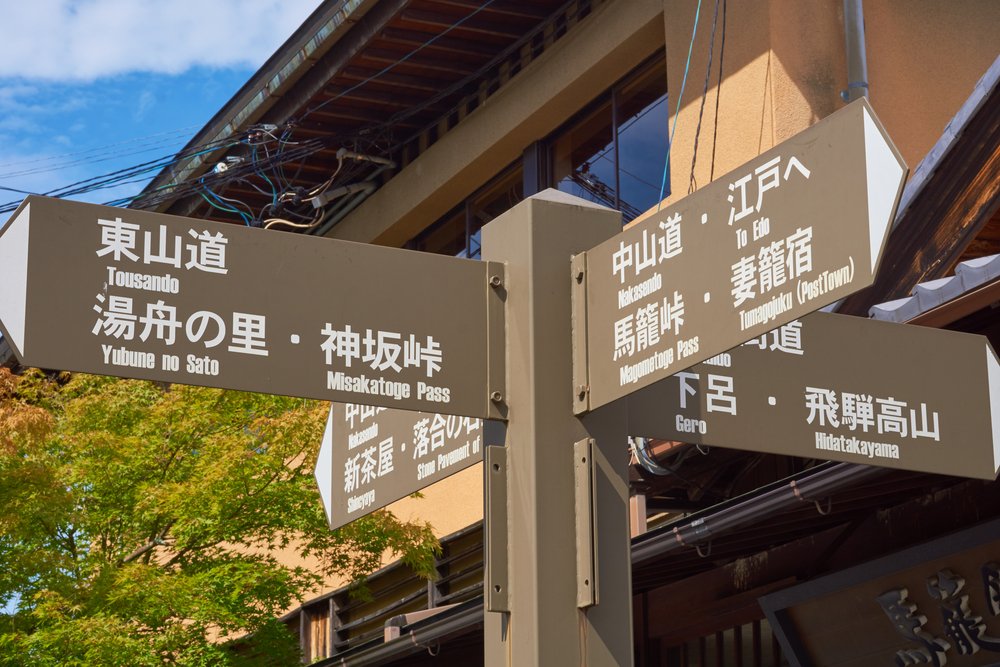
The hiking trail
The first kilometre of the hike passes through Magome, a small post town that is home to several beautiful restored buildings that line both sides of its stone paths. Along the way, you can check out museums, such as the Wakihonjin Museum (features items and artifacts from Edo times) and the Honjin/Toson Memorial Museum (a former inn that is now a memorial dedicated to the author Toson Shimazaki).
After passing Magome, you enter the countryside and see large fields with few houses along the roadsides. Every few kilometres, there are markers that tell you how far you are from Magome and how much further you have to walk to reach Tsumago.
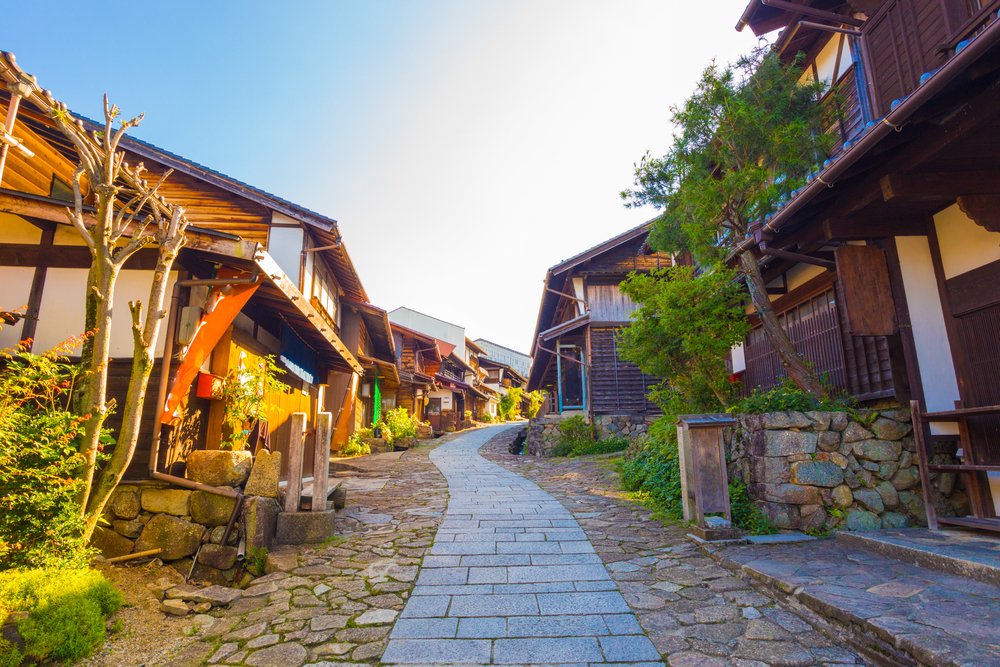
As you walk deeper into the forest, the hike becomes quite enjoyable as you encounter fewer people and the sounds of birds chirping and trees rustling in the wind become more distinct. You will pass by some streams and rivers, and cross a number of short wooden bridges.
When there are a couple of kilometres left to hike, you will soon be approaching Tsumago. The post town, which is among Japan’s best preserved post towns, is home to numerous Edo Period buildings and houses. It offers a selection of accommodation for travellers who want to experience what it was like in the olden times. There are ryokan and minshuku that were built in the 1800s and have been restored to provide tourists with quality places to sleep and dine while in the area. In addition, the town also has museums, such as the Wakihonjin and the Rekishi Shiryokan, which are home to exhibits that date back to the Edo Period; the Kotoku Temple, which is a 16th century Buddhist temple; and the site of the former Tsumago Castle, which was destroyed many centuries ago and offers a fantastic view of the scenery below.
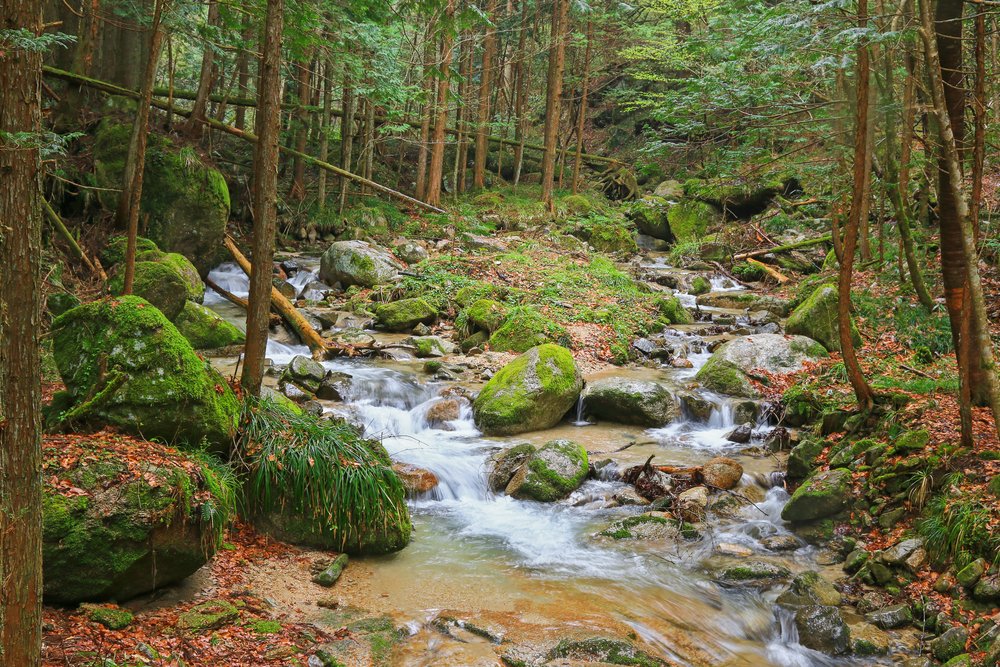
Going back to Nagoya
I completed the Nakasendo Hiking Trail in about four hours. To return to Nagoya, I took a 10-minute bus ride (one-way ticket cost me 300 yen) from the Tsumago bus terminal to JR Nagiso Station. Then, I boarded a JR Chuo Line train going to Nakatsugawa Station, where I transferred to a Ltd Exp (Wide View) Shinao Train going to Nagoya Station. The entire train journey took about two hours and was still fully covered by my JR Pass.



